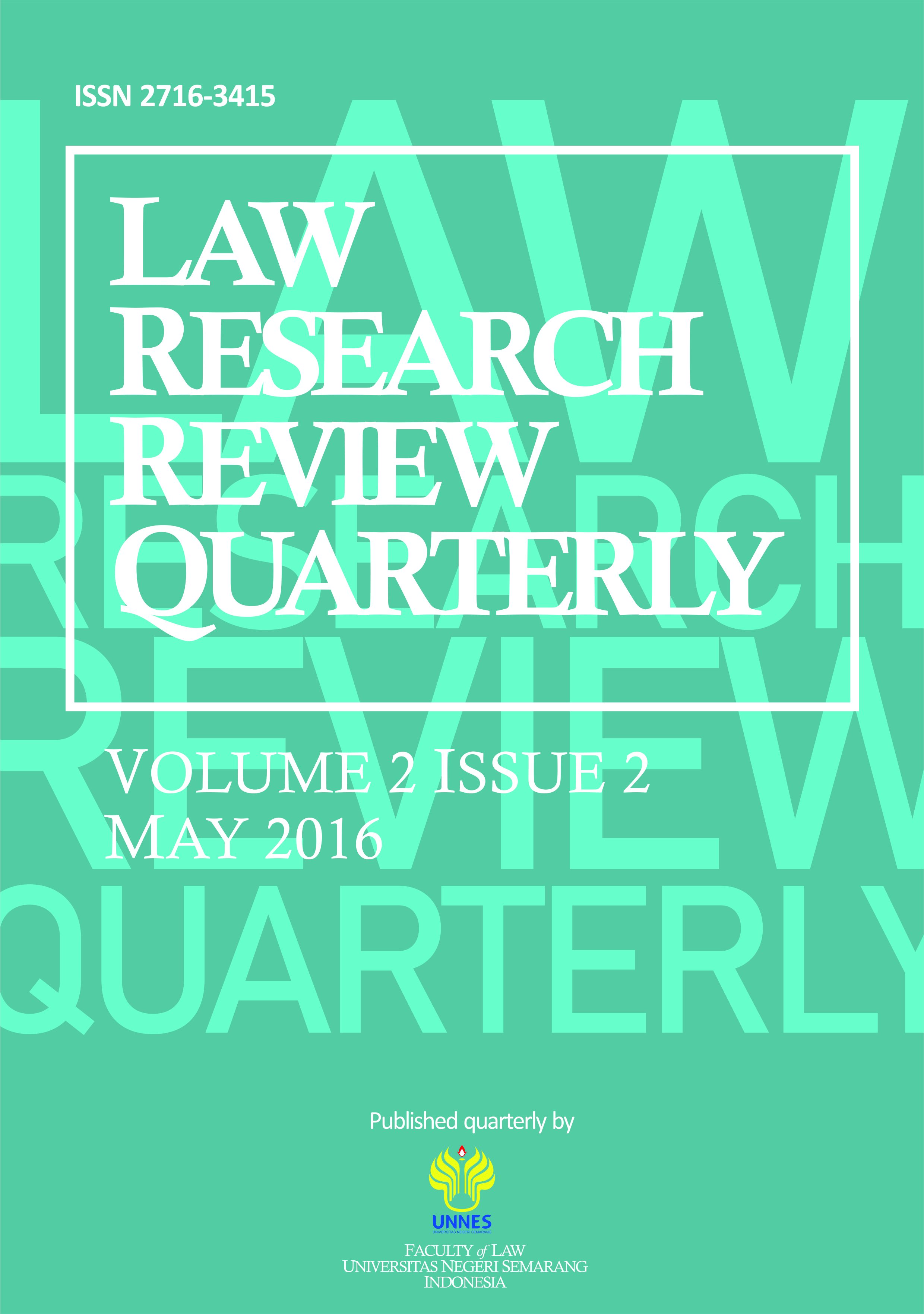The Political Law of Women's Representation in the Legislative Reform Era
Main Article Content
Abstract
This study has one problem, namely what legal issues exist today so that women's representation has not been fulfilled ?. To discuss the problem above, use the theory of legal effectiveness. with a normative juridical approach. The results of this study are the legal issues that exist today so that women's representation has not been fulfilled namely: in terms of legal substance, the Political Party Law relating to women's representation in Political Parties has not been fully effective proven by the absence of strict sanctions for political parties. does not meet the 30% requirement for women's representation, 2) in terms of legal culture, many political parties consider that a 30% quota for women's representation is only a condition for passing the election, it seems that political parties do not see the quality of women nominated as candidates. 3) in terms of legal structure, namely law enforcement in this case the election organizers must be more assertive in imposing sanctions on political parties that do not meet the election rules. Preferably, 1) legislative candidate candidates must be at least a bachelor degree. 2) giving political education / political insight to women. 3) Special actions / affirmative action need to be accommodated in the Statutes / By-Laws of each political party along with its sanctions.
Article Details
All writings published in this journal are personal views of the authors and do not represent the views of this journal and the author's affiliated institutions. Author(s) are retain the copyrights of the Article. However, before publishing, it is required to obtain written confirmation from Author(s) in order to ensure the originality (Author Statement of Originality). The statement is to be signed by at least one of the authors who have obtained the assent of the co-author(s) where applicable.This work licensed under a Creative Commons Attribution-ShareAlike 4.0 International (CC BY-SA 4.0)
